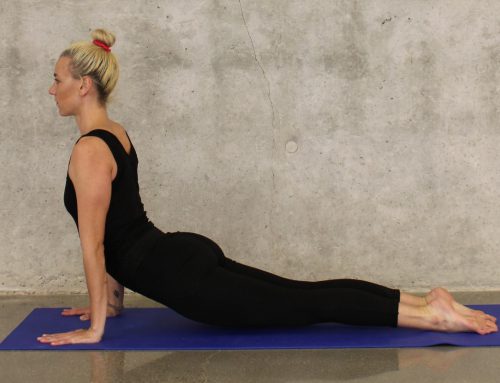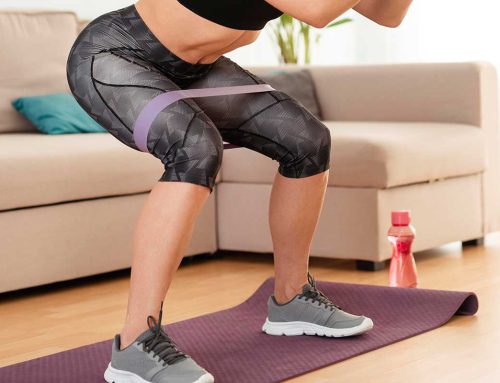The back is the area of the body with the highest incidence of pain or injury in the population since 80% of people suffer at least one period of pain or injury in this area throughout their lives. Back problems are usually caused by repeated movements or erroneous postures over time aggravated by some deficit at the arthromuscular level, such as lack of muscle strength or joint mobility.
Next we are going to mention what are usually the risk factors most associated with common disorders of the lumbar spine and we will show you an exercise to prevent or reduce each factor.
Joint mobility of the hip (internal and external rotation of the hip)
If a structure does not meet the properties it should have, this deficit has to be compensated for by another area of the body. In this case, the hip has to have adequate joint mobility to prevent the lumbar spine from having to rotate too much and cause wear injuries to the discs.
Posterior chain muscle flexibility (deadlift with pica)
To collect a box or bags on the floor, the most common position is with your legs extended, you will usually have to round your back, something counterproductive for the health of your vertebrae. This is due to the lack of flexibility in the muscles of the posterior area of the body such as the hamstrings or calves.
Joint mobility of the spine (scapula-thoracic or cat-cow mobility)
In addition to the hip, the dorsal spine is also designed to have good joint mobility and prevent it from being the lumbar spine that has to assume this function.
Muscle strength of the abdomen (dead bug or plank)
The abdominal musculature is crucial in the prevention of back disorders. This is because one of their missions is to hold the trunk and maintain proper posture at the same time. If the abdominal muscles are weak, the lumbar spine will tend to maintain a harmful posture losing the natural curvature of lordosis.




